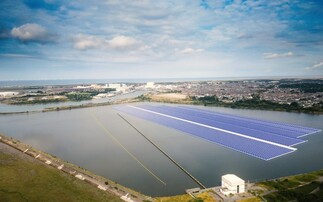Liverpool University scientists replace cadmium-containing salt with magnesium chloride to cut costs and toxins
Scientists have come up with a new recipe for slashing the costs and environmental impact of solar cells, by employing a salt that is more traditionally found in tofu.
A team at the University of Liverpool found that replacing cadmium-containing salt (CdCl2) with magnesium chloride in the production of solar cells would help cut costs of salt in the process by more than 99 per cent.
Cadmium-containing salt has been used for more than two decades by manufacturers of polycrystalline thin film cadmium telluride, but at 30 cents (18 pence) per gram, it is hampering efforts to achieve grid parity.
The water soluble substance has also proved toxic, becoming a hazard for employees building the modules and pushing up the costs for manufacturers in protective gear.
In a paper published in Nature yesterday, the team found that magnesium chloride (MgCl2) could provide a lower cost and non-toxic alternative, without reducing the efficiency of the solar cells.
Magnesium chloride occurs naturally and costs just 0.1 cents per grams. It is already widely used as a food additive in the production of tofu, as well as to treat icy roads and to make bathing salts.
"Our results demonstrate that CdCl2 may simply be replaced directly with MgCl2 in the existing fabrication process, thus both minimising the environmental risk and reducing the cost of CdTe solar-cell production," said the study.










